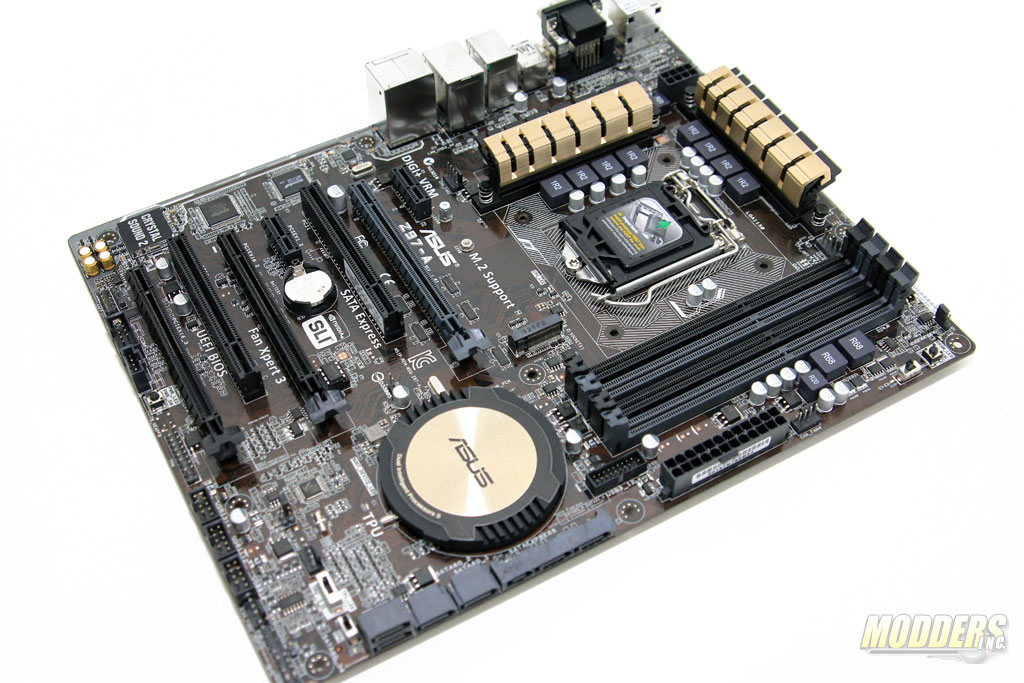I have everything picked except a motherboard.
I went to PC Parts Picker and picked my processor's socket, the number of RAM slots I needed, the number of SATA ports I needed, that I wanted onboard ethernet, that I wanted to pay from $0-200, I don't need SLI, narrowed down the brands to brand names I recognized, picked ATX, wanted a Z87 or Z97 chipset, wanted USB3, narrowed to 4-5 star reviews... In other words, I selected absolutely every filter I could select.
https://pcpartpicker.com/parts/moth...=4,12&K=6,10&c=89,99&f=2&s=24&R=5,4&X=0,20573
... and I still have like 30 choices remaining.
I have no idea how to pick between them, and all the advice I can find is all gibberish. "Better motherboards have better components" (no description of how I can tell what better components means or what better motherboards are). "Better motherboards are better at overclocking" (what is better at overclocking? Safer? Lower temps? Higher possible clock speed?). "Better motherboards have better power delivery" (what is better? More consistent? Less like to short or surge? More power?) "Better motherboards have better heat sinks" (Does this matter? Is motherboard temperature really a concern?) "Make sure you pick a good brand" (no evidence that brands differ or how I could tell which is good, and everyone who says one brand is better than another seems to just be offering a personal anecdote about how they like the one they have or they had one that failed). "You want higher quality components" (how do I tell? what does quality mean?)
One guy suggested I get an SLI-capable board because "they have better components" (how do I tell what better components are?) even if I don't want to SLI. Which might be accurate, but how would I know?
Here are some motherboards that meet my requirements in terms of RAM/ports/sockets:
https://pcpartpicker.com/parts/moth...=4,12&K=6,10&c=89,99&f=2&s=24&R=5,4&X=0,20573
(ATX, LGA1150, at least 32GB RAM, 6+ SATA, ethernet, USB3, don't care about colour, need a PCI-E X16 slot, don't care about SLI, 4/5 * rating, $0-200, Z87/Z97)
Rather than picking one for me, I'd really appreciate advice on how I'd learn to pick. If the answer is just "any of those will be fine, don't worry about it", then that's pretty helpful. Assume I'm the kind of guy who hates astrology and audiophile garbage, and I want a rational explanation of how I can tell which is best. What am I looking for?
Thanks (thanks to others too!)








